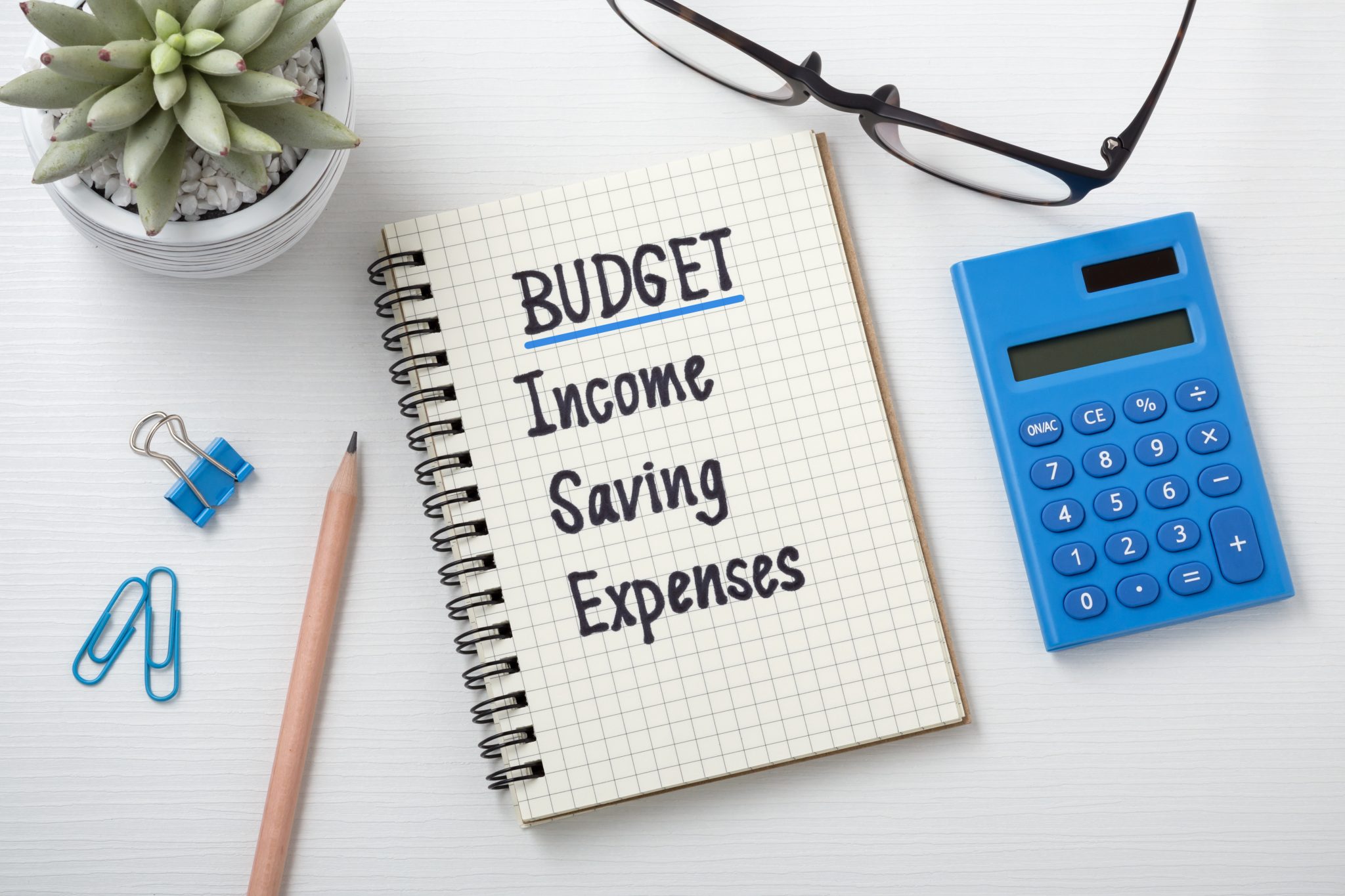Creating a budget is an essential part of managing your finances, but it can often feel like an overwhelming task. Fortunately, with the right approach, you can create a budget that’s both effective and easy to stick to. In this step-by-step guide, we’ll walk you through the process of creating a budget that suits your needs and helps you achieve your financial goals.
Step 1: Set Your Financial Goals
Before you start creating your budget, it’s crucial to identify your financial goals. This will help you prioritize your spending and make it easier to stick to your budget. Consider both short-term and long-term goals, such as saving for a vacation, buying a car, or investing for retirement. Write down your goals and keep them in mind as you build your budget.
Step 2: Track Your Income and Expenses
To create an effective budget, you’ll need a clear understanding of your current financial situation. Start by tracking your income and expenses for at least a month. You can use a budgeting app, spreadsheet, or a simple pen and paper to record every dollar that comes in and goes out. Be sure to include all sources of income, such as your salary, side hustles, and any other sources of revenue.
Step 3: Categorize Your Expenses
Now that you have a clear picture of your income and expenses, it’s time to categorize your spending. Common expense categories include housing, utilities, groceries, transportation, entertainment, and savings. You can also create custom categories that are specific to your situation, such as childcare or student loan payments. This will help you identify areas where you can cut back or adjust your spending to align with your financial goals.

Step 4: Set Spending Limits for Each Category
With your expenses categorized, you can now set spending limits for each category. This is where your financial goals come into play. Allocate more money towards categories that are directly related to your goals, and consider cutting back on non-essential spending to free up funds for your priorities. Remember to be realistic and flexible when setting your limits, as unexpected expenses can always arise.
Step 5: Monitor Your Progress and Adjust as Needed
Creating a budget is just the beginning – the real work comes in sticking to it. Regularly track your spending and compare it to your budget limits. If you find that you’re consistently overspending in certain categories, reevaluate your limits and consider adjusting your spending habits. Keep in mind that your budget is a living document, and it’s perfectly normal to make adjustments as your financial situation and goals change.
Step 6: Automate and Simplify Your Finances
To make it easier to stick to your budget, consider automating your finances as much as possible. Set up automatic transfers to your savings account or investment accounts, and use online bill pay to ensure your bills are paid on time. You can also utilize budgeting apps to track your spending and send you alerts when you’re nearing your spending limits.

Budgeting Success Starts with Commitment
Creating a budget that you’ll actually stick to requires commitment and a willingness to make adjustments as needed. By following these steps, you can build a budget that aligns with your financial goals and helps you make progress towards a secure financial future.



















